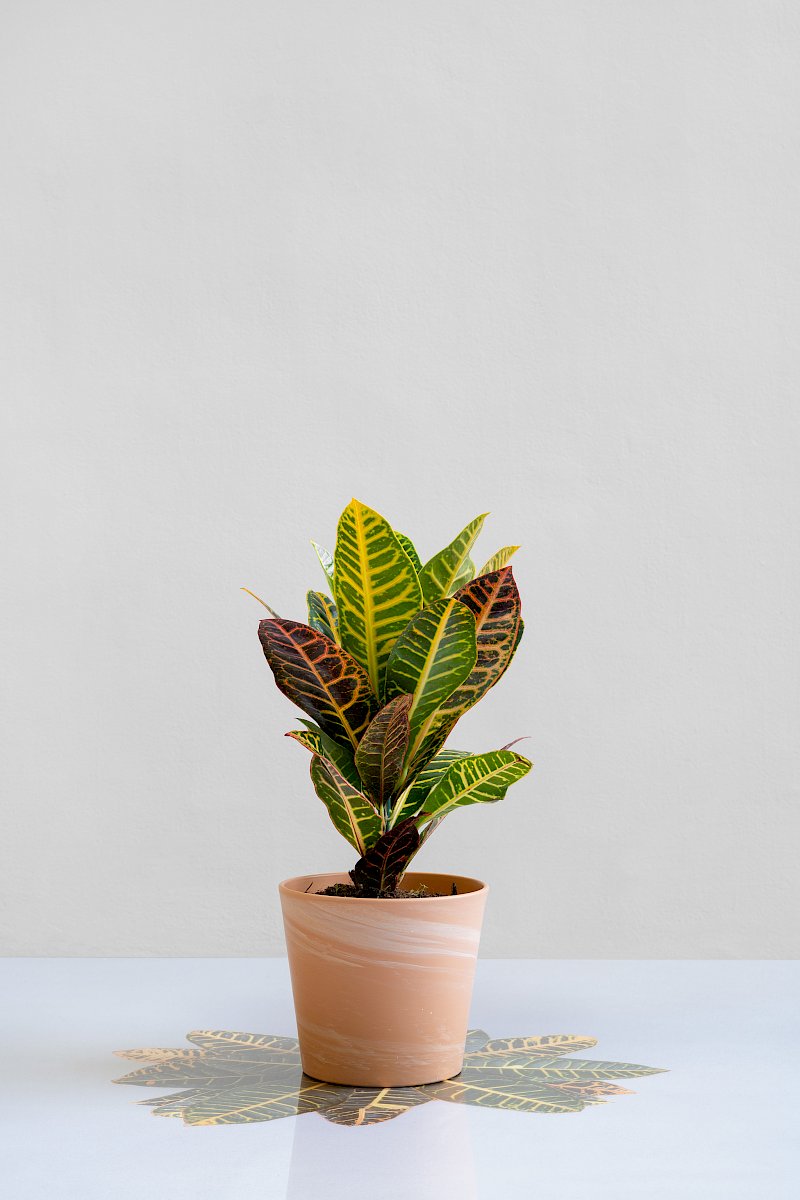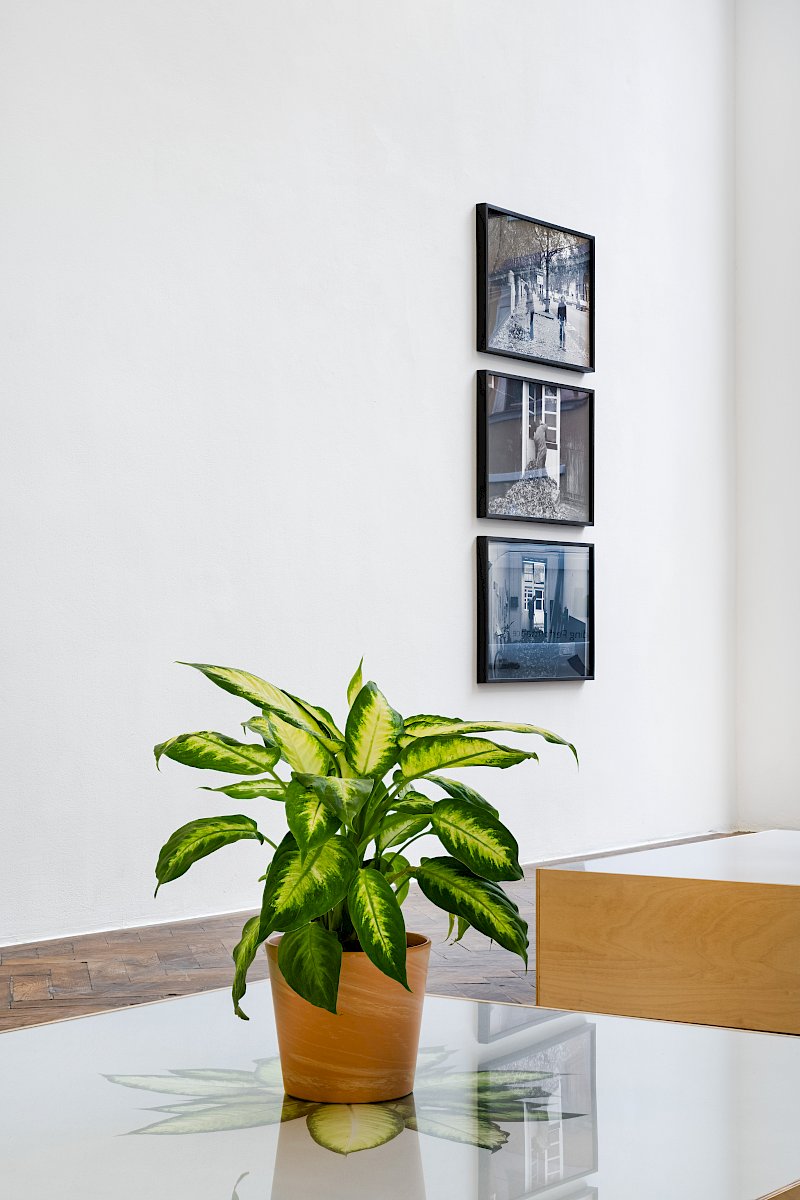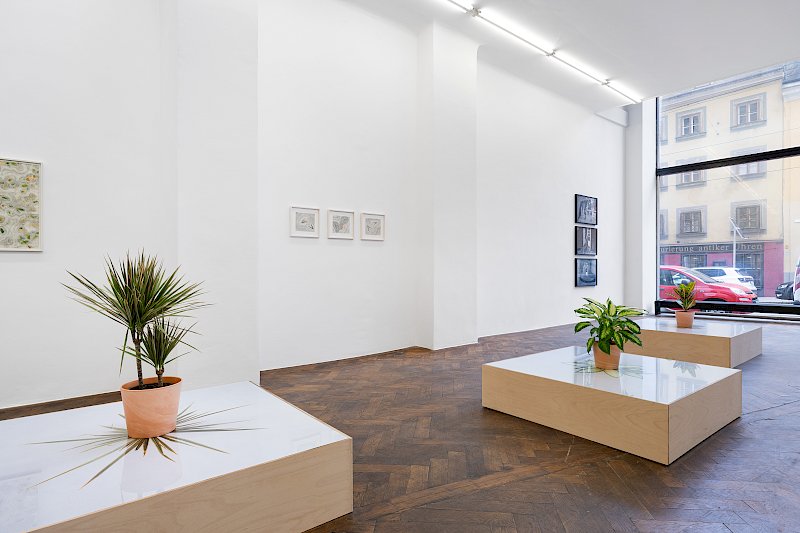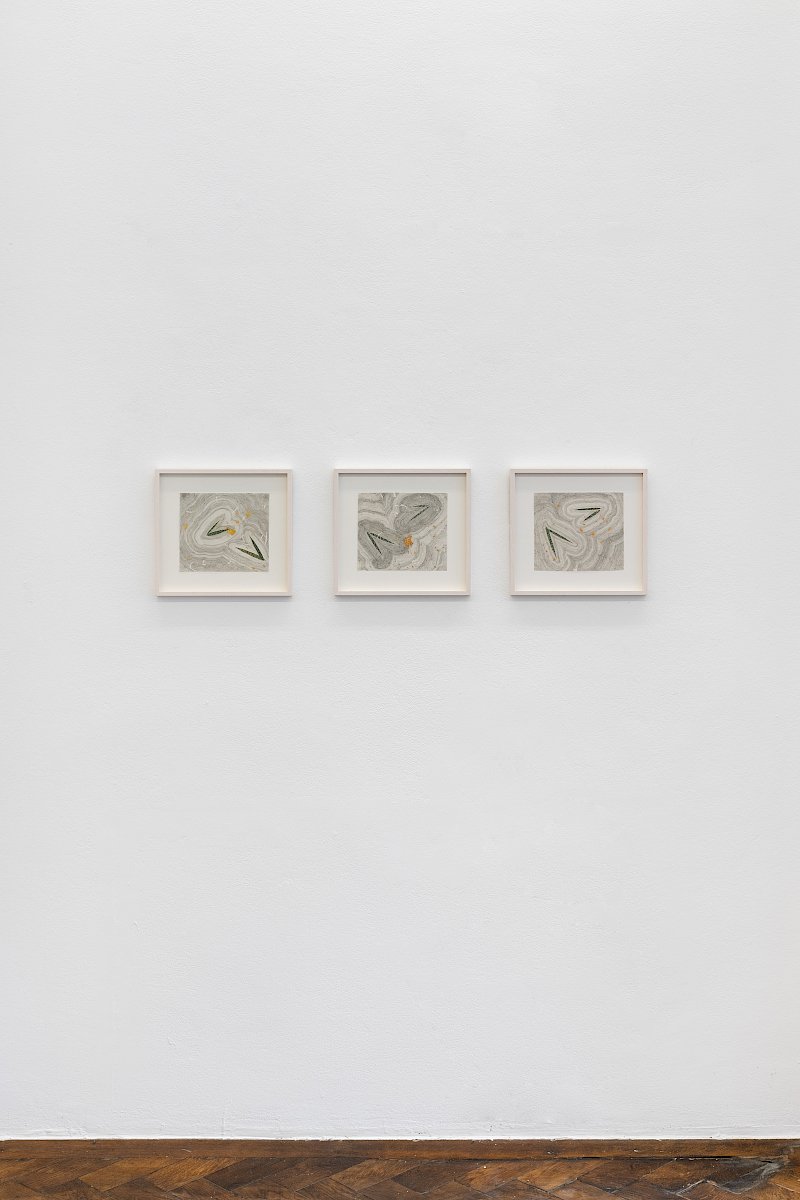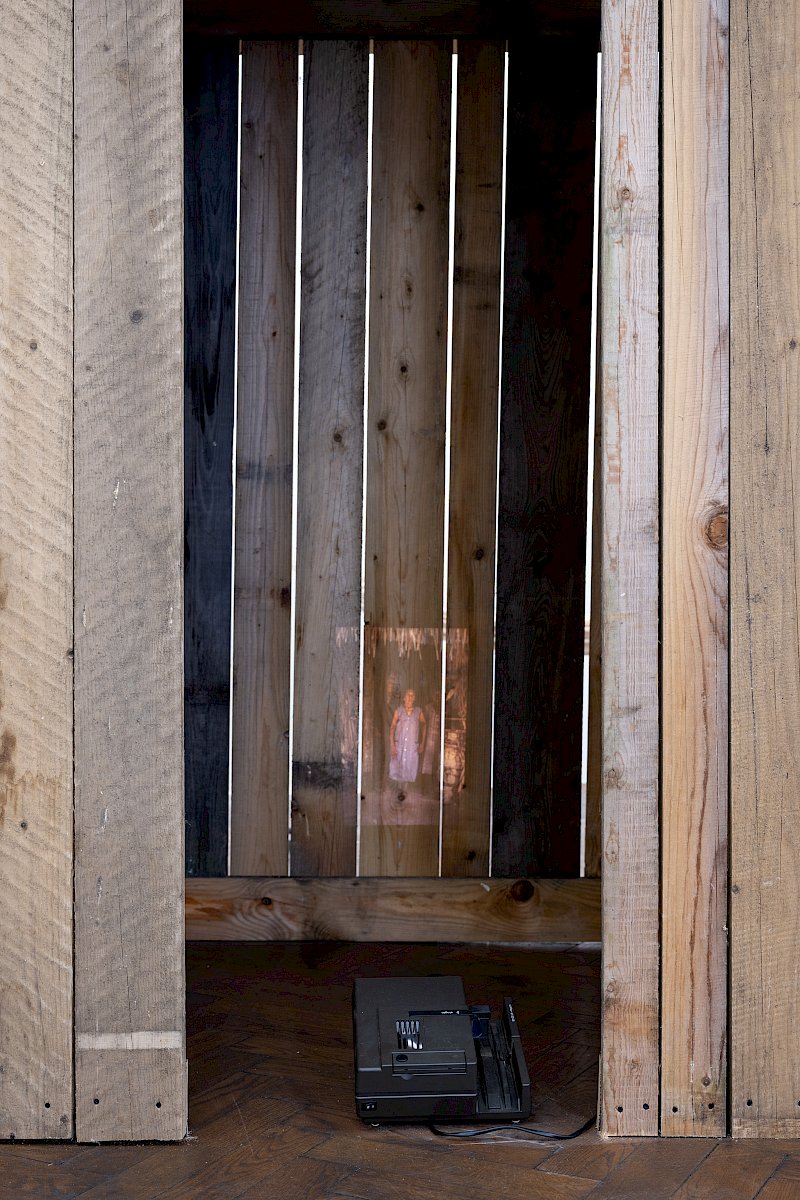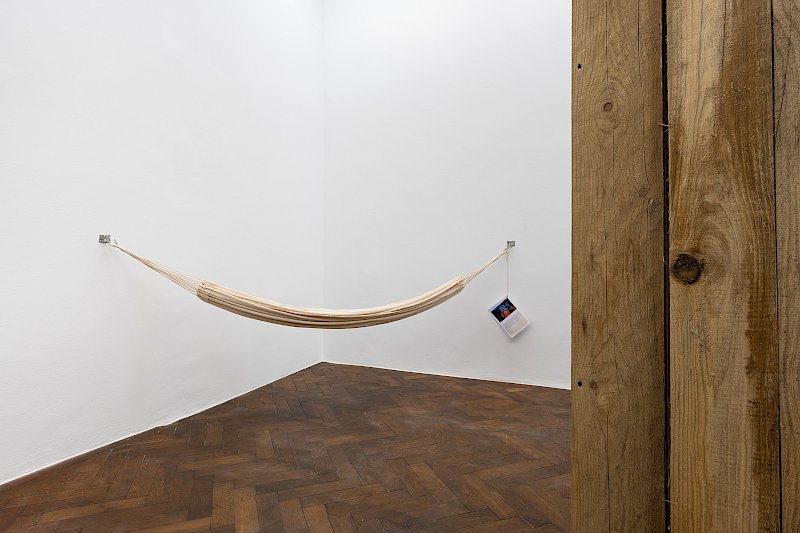We are happy to present the fourth solo exhibition by Jean-Luc Vilmouth (1952–2015) in the gallery.
Fascinated by other ways of looking at the world and other philosophies, travelling is at the heart of Jean-Luc Vilmouth's practice and his life. His sojourns in Asia, particularly in Japan, North America and the Middle East, are more like anthropological expeditions than romantic or mystical forays. "Basically, I always start from something that already exists. I need a starting point. It is this direct contact with reality that helps me to move forward and make progress," says Vilmouth in 1990.
A few years later, it was his encounter with the Amazon rainforest that emphatically changed Jean-Luc Vilmouth's reality. In 1995 and 1997, he undertook two long journeys on the Orinoco River in Venezuela and encountered human, animal and plant life there. He learns what it means to be confronted with a biosphere and what is inherent in it. Listening carefully in this environment and observing the situations attentively deepen his experience, as if he were constantly asking himself: what does it mean to "encounter" and what does one learn from the encounter?
Guided by the accounts of people who have lived or researched on-site, such as the ethnologist Jacques Lizot, Jean-Luc Vilmouth immerses himself in Yanomami and Yekuana communities and is confronted with the harsh reality of one of the most inhospitable equatorial climates. He discovers new perspectives on housing, exchange, rituals, disputes and colours. [1] The cultural and sensory shock is so significant that it is crucial for the artist to reproduce it appropriately. So, how can one reproduce the experience of a different reality without objectifying, romanticizing or clumsily politicizing it? How can one sensitise the public to the destruction of the Amazon region and the general disintegration of an ethnic group while avoiding giving social groups “a voice”, i.e., speaking on their behalf in a naive or detached manner.
Jean-Luc Vilmouth works with displacements. He concentrates on the transposition of spatial experiences and thus unfolds concrete narratives. In From the Amazon (1996), for example, we encounter Helena Valéro: you just have to take the time to lie down in a hammock and read her story. Jean-Luc Vilmouth is particularly intrigued by her story. At the age of 12, she was captured by the Yanomami and spent her life between two worlds that could not be more different; the Western and the indigenous, and thus developed a unique perspective on the world.
In From the Amazon to Vienna (1996), the shift is a different one: Relocated to the West, the scene of a woman giving a monkey a breast becomes the absurd dressage of a pet. Similarly, the hats necessary for protection against insects—in order to survive in the dense rainforest—are transformed into pseudodesign lamps. For Jean-Luc Vilmouth, it seems more relevant to translate an experience into space than to simply present images. In his opinion, videos and photographs are not enough to report on experiences in the jungle. Documentary, narrative or simply literal, images always define a filter of interpretation and a position for the viewer. Jungle Science 1 is thus conceived as a film without images. Consisting of sound, light and vapour, the environment provides the active audience with an immersive experience.
These works are part of a larger series about our relationship with the environment. For example, one of his first performative gestures in 1975, From Outside to Inside, consists of manoeuvring leaves from the streets into his studio. With particular care for the withered material, emptying of public space and filling another is a modest action capable of expressing a great deal: it changes the status of the elements by placing them at the centre. The action is the simple execution that is necessary to create a new situation. Without adding new objects, Jean-Luc Vilmouth composes together with the surroundings. [2] Likewise in Growth (1991), where he shows different dimensions: living plants are superimposed on their photographic image, a snapshot. Finally, the last series, Season Science (2015), emphasises the importance of close observation of plants as the starting point for a drawing, such as the traces of time on the stump of a tree or the ripple that spreads across the surface when a stone falls into water.
"What interests me most is man and his relationship to the world, to objects. If you accept that, there is a relationship with the saucer, the table, the spoon, the mouth, etc... Things only exist insofar as they are in relation to their environment, to what surrounds them...", Jean-Luc Vilmouth, 1990.
— Marie Brines
[1] Jean-Luc Vilmouth, « Jungle perdue » in Purple Prose, number 10, winter 1996, pp. 29-33.
[2] The action recalls experiments carried out ten years earlier by representatives of Land Art such as Nancy Holt, Robert Smithson and Michael Heizer, but also the works of the Englishmen Richard Long and Hamish Fulton, who were present on the London scene in late 1970 and early 1980 and were supported by the Lisson Gallery, with which Jean-Luc Vilmouth collaborated from June 1979.



